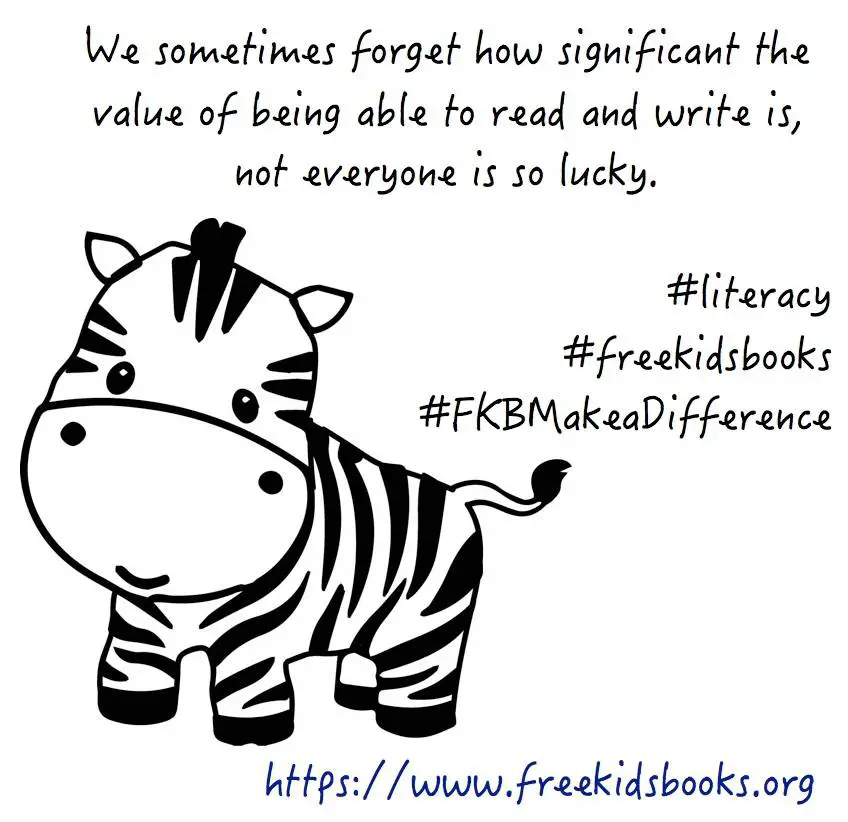 With the fluidity of learning becoming increasingly understood, there’s a chance that as a parent you want to work with your child to give them the best chance at development as possible.
With the fluidity of learning becoming increasingly understood, there’s a chance that as a parent you want to work with your child to give them the best chance at development as possible.
As we’ve all discovered, the ways in which we learn in elementary and high school aren’t exactly a great approach. All students in one place, forced into a single lane and told that learning only occurs in one way – when we all know that isn’t how it works.
Now, you may not be able to transform the way your child learns at school, but you can control how they learn at home from a young age, and that’s where child-led learning comes into play. If you’re a new parent, we’re here to help inspire and motivate you to try your hand at child-led learning.
Take a look at a few reasons why you should consider child-led learning at home, or a similar approach in school and early learning.
Fluidity in Learning Direction
One of the first things that you should understand about child-led learning is that it allows your child to essentially follow their own curiosities.
In a lot of situations, many parents and teachers find themselves boxing their children in and controlling their learning and curiosity in a sense. This, though not profoundly detrimental to learning and development, does stifle and compress one’s curiosity and ability to learn and that special motivation to always be curious.
This fluidity extends from playtime too, and can develop into communicating ideas and thoughts. Children who are able to freely express their thinking and interact with others in a similar way are more likely to ask questions and adapt their thinking and become more open-minded in a sense.
Research and studies in schools and child-led early learning centres such as Gowrie have shown us that when given the freedom to express and communicate about a topic, younger children become deeply aware of the nature of that specific topic.
In one instance, children in a child-led study focused upon superheroes ended up asking themselves what is a superhero, why does a superhero exist and what is the need for a superhero – as well as what makes a superhero?
As we can see, allowing children to explore and lead their learning motivates them to become deeply engaged with the topics they present to themselves.
Self-esteem and Self-image Development
Further research into child-led learning has shown that when giving your child the ability to lead their learning, there is the outcome that they become more self-aware and develop a more positive image of themselves.
When we apply this type of learning, there is no longer the fear of a child being self-conscious about not learning in the way presented to them. Traditional learning types essentially gave children an approach to follow, and when a child cannot follow through with this learning type, there is a fostering of self-doubt which can eventuate in a negative self image. This issue can also be dealt with through having your child interact with self-positive readings.
Given that the child-led approach almost entirely prevents this issue, there is a reduced outcome that comes in the form of self-doubt.
Adult Figures Become Supporters
Though we’re talking about a child-led approach to learning, this isn’t to say that adults take a backseat and don’t truly interact.
When child-led learning comes into play, as adults you’re now expected to create a sense of encouragement and motivation for your little ones. This means pushing them to do well and be curious as well as to meet the targets your little ones may have set themselves – such as building a sandcastle, for example.
Added to this, whether a parent or an early learning teacher, the adults in this equation are now to be understood as a moderator to keep things in check, rather than to instruct the learning that is going to occur.
Ways to Foster This Learning Type
When we understand that child-led learning is a rather foreign concept to many people, it can be a little tricky to know where to start with this. With that being said, we have a few simple suggestions that we would ask you to try out to see which one sticks with your child or children.
An Exploration Game
There aren’t too many things that beat exploring for little kids. That in mind, an exploration game that keeps your children exploring and interacting with their space, whether it be the home, the yard or the playspace at school is a fantastic idea.
Encourage curiosity through the counting or the naming of birds, spotting smells and counting flowers or bugs and you’re on the right track to getting the learning off the ground.
Focus on the Senses
Sensory learning is a profoundly important means for children to learn, and getting your little ones involved and in tune with their senses is also another great way to foster child-led learning.
Consider games or activities that involve touch, smell, sight and hearing and have your child move forward with their own games with the senses.
Conclusion
With all of our points above out of the way, we’re sure you’ll be on the right track to trial and error your child’s ability to lead their own learning and foster a healthy and happy relationship with curiosity and your little one.
Remember that child-led learning isn’t lone-child learning, and so keeping the direction and guiding their activities is key here.










